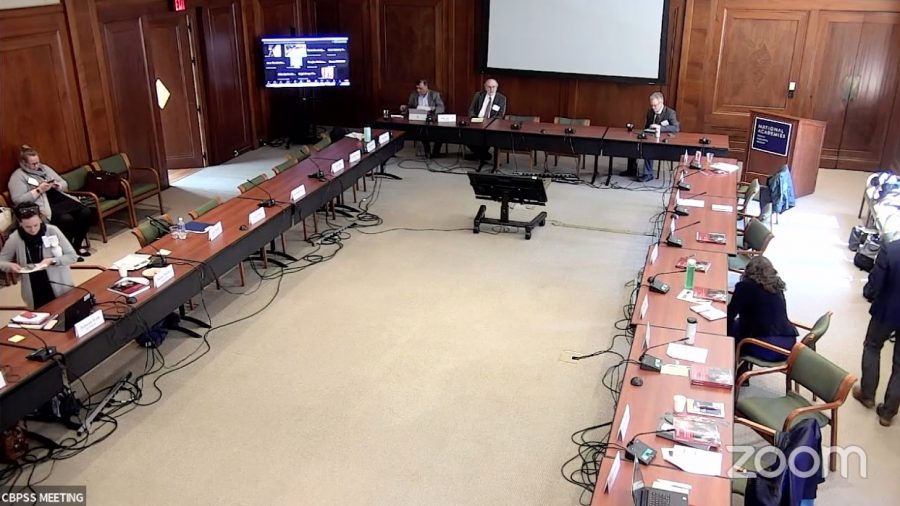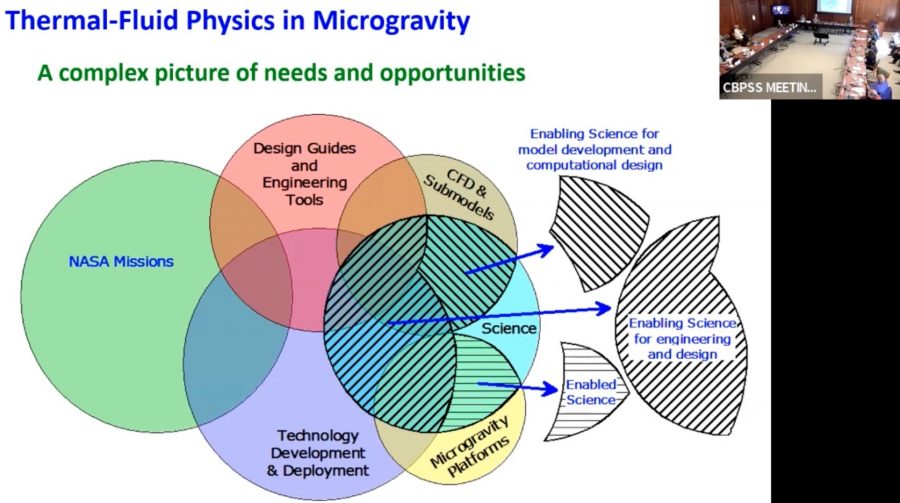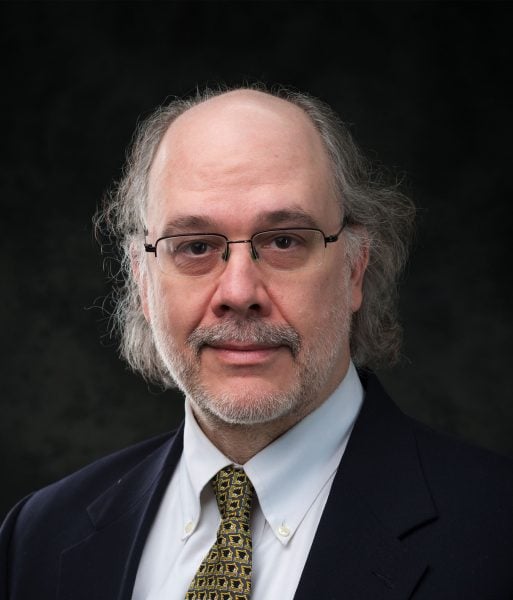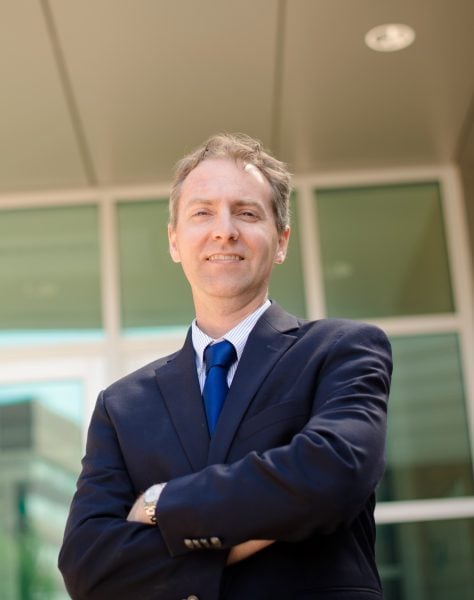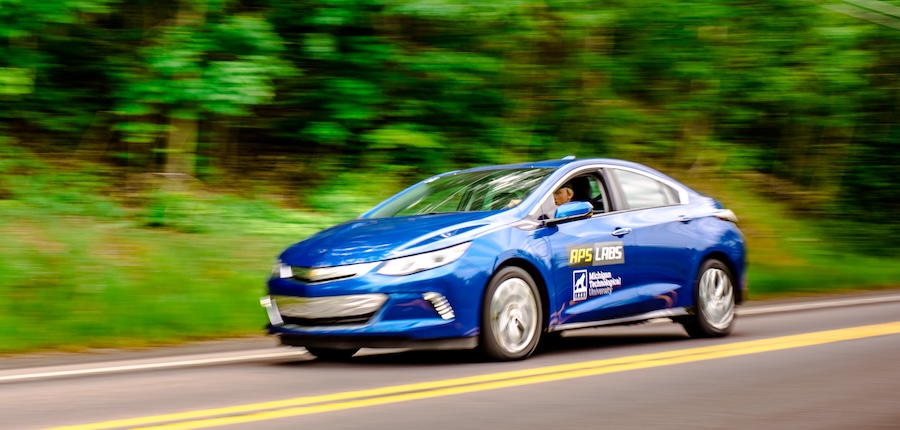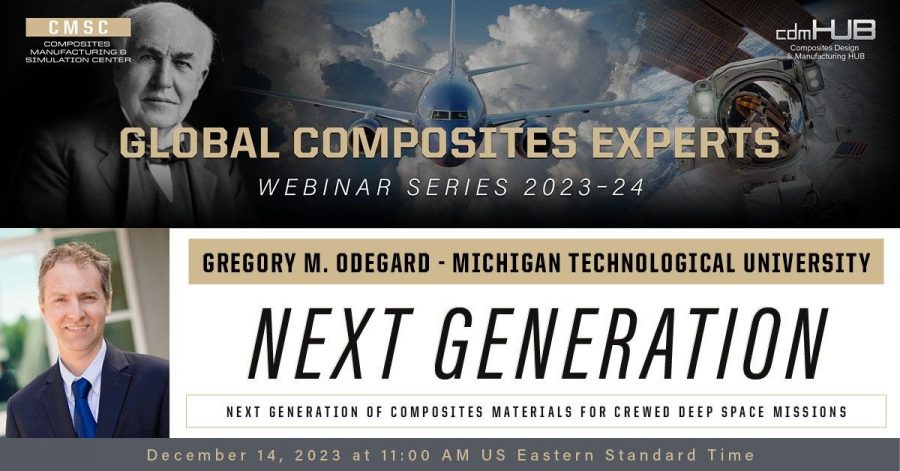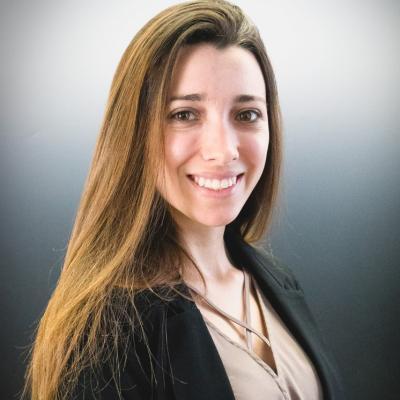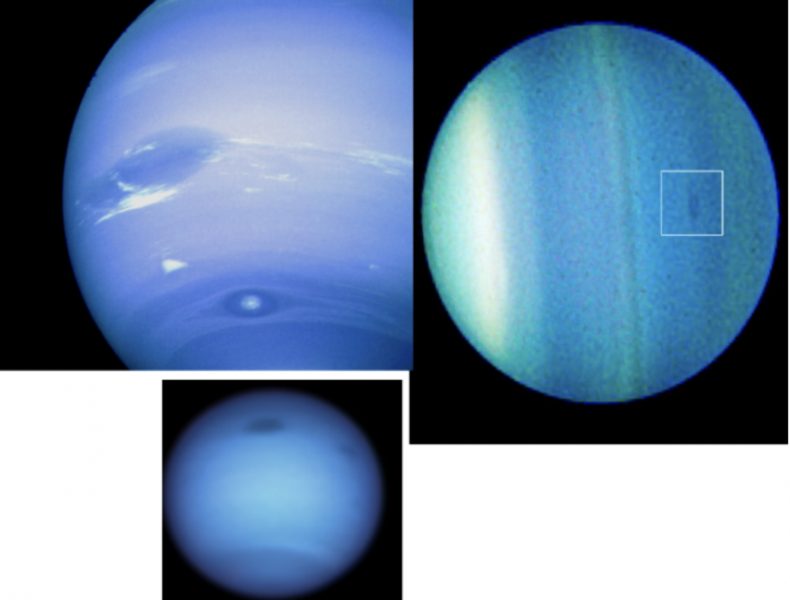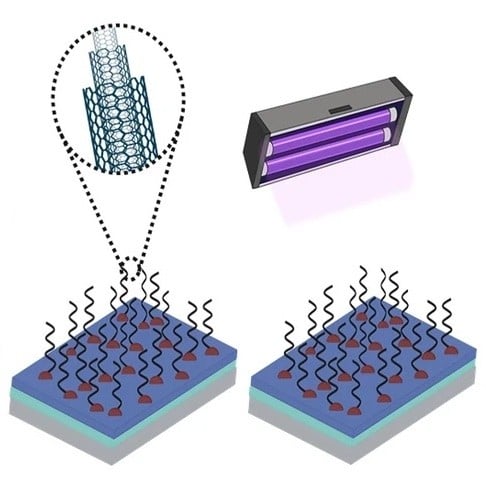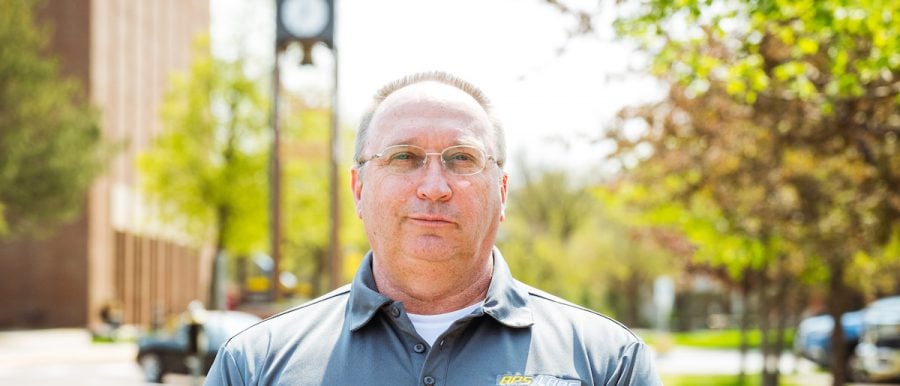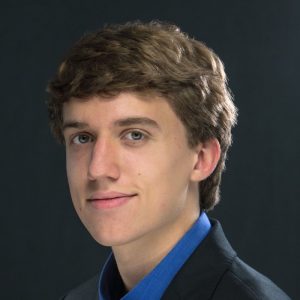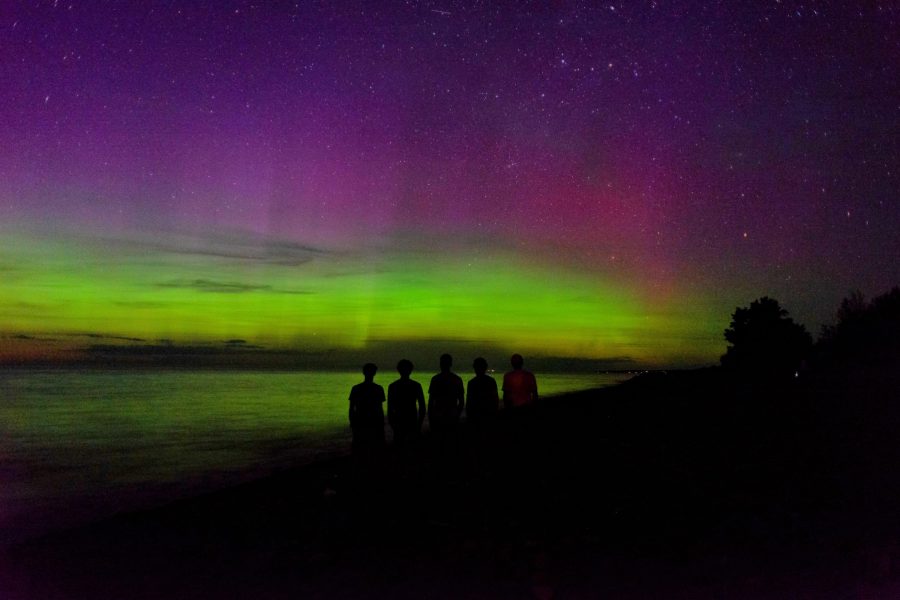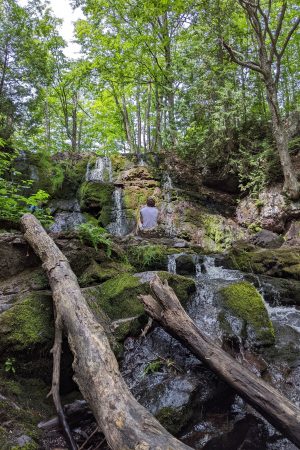Jeffrey S. Allen, John F. and Joan M. Calder Professor of Mechanical Engineering, associate chair of the Department of Mechanical Engineering-Engineering Mechanics (ME-EM) and ME-EM’s director of undergraduate studies, was invited to present and participate in a panel session at the spring meeting of the Committee on Biological and Physical Sciences in Space (CBPSS), held March 19–21, 2024, hosted by the National Academies of Sciences, Engineering, and Medicine in Washington, D.C.
Allen’s panel session started at 1:15 p.m. ET. on March 20. It was livestreamed via Vimeo at the 3 h 21 m mark.
The CBPSS committee was eager to hear Allen’s insights on the key science questions surrounding the theme “Probing Phenomena Hidden by Gravity or Terrestrial Limitations,” with a particular emphasis on thermal physics in microgravity and its wide-ranging implications for space exploration. Allen contributed to a panel addressing unique scientific inquiries pertinent to space exploration.
The meeting is part of the 2024 Space Science Week, a joint meeting of the discipline committees of the Space Studies Board of the U.S. National Academies, in collaboration with the Board on Physics and Astronomy and the Aeronautics and Space Engineering Board. These groups will convene at the National Academy of Sciences in Washington, D.C., to discuss advances and challenges in space and Earth science and exploration.
By Mechanical Engineering-Engineering Mechanics.
